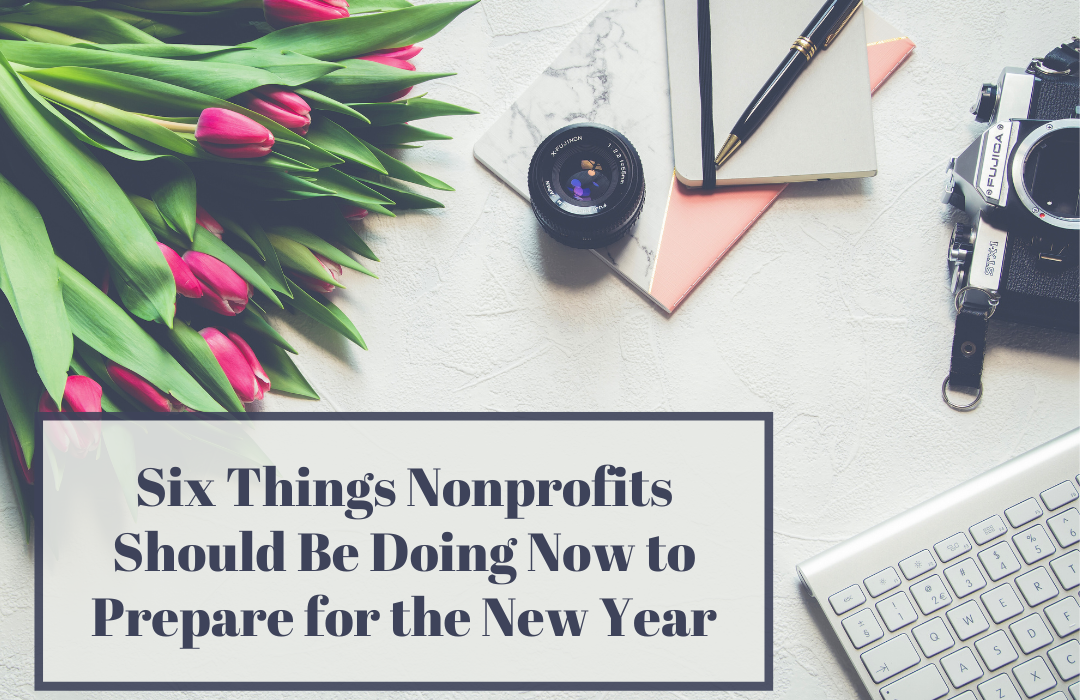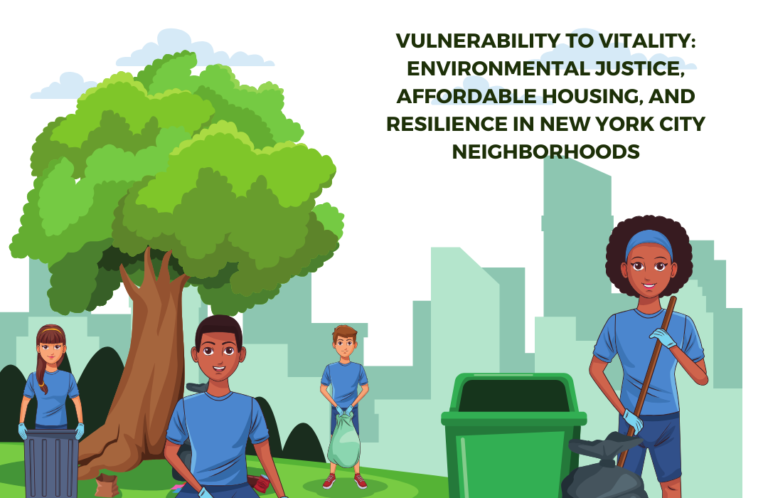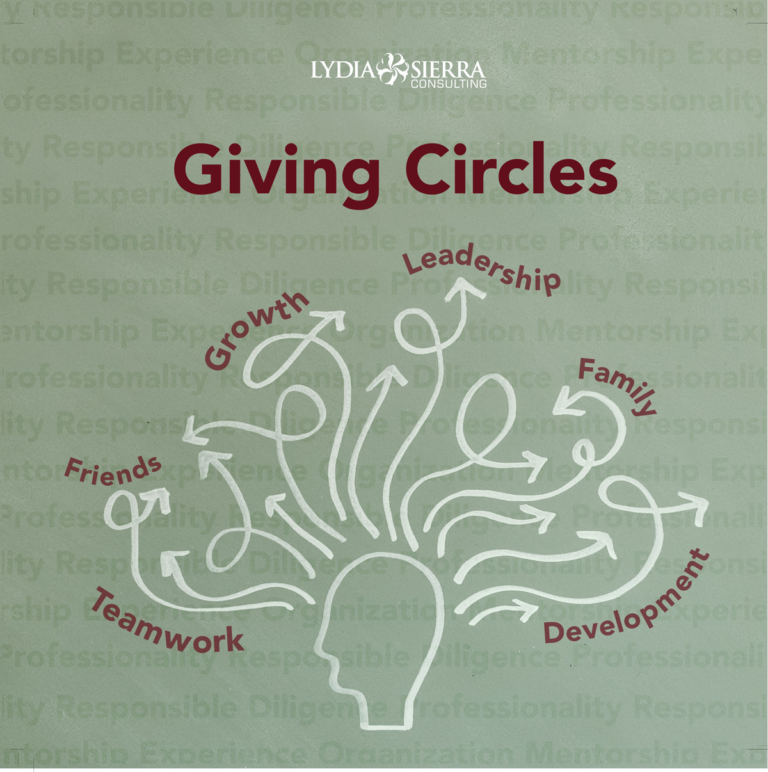In working for nonprofits and collaborating with them as a consultant, I’ve repeatedly seen the same challenges pop up across a wide range of organizations. The good news is that a little strategic fall planning can help you avoid many of these challenges. Here are six things your organization should be doing this season to end the year strong.
1. Collect & Analyze Data
Fall is typically a busy season for nonprofits, with heavy programming schedules kicking in after the summer break. This is the perfect time to collect participant data so that your future program plans are driven by what they want and need.
Fall is also the time to start sorting and analyzing the data you collect, which you’ll need for upcoming grant proposals. (Psst. We can support you on this! We help clients get set up on Salesforce, which is free to nonprofits with 501c3 status. Already have Salesforce? Our administrative specialist can help you customize the platform.)
Essential Questions: Do you have the evaluation tools in place to collect the information you need from your constituents? Do you have a system in place to organize and analyze that data?
2. Create a Projected Budget & Plan
Now is the time to start creating next year’s budget and a one-year plan to present to your board so you can get that budget approved! Don’t wait until the last minute to contact your board members. Communicate with them regularly, finding ways to be in relationship with each of them throughout the year.
Essential Questions: What has to happen now to close this year’s budget and prepare for the next one? How can you get others on your team involved now?
3. Start Year-End Fundraising Sooner Than Later
Many of our clients update their constituents on programs and other goings-on year-round. By the time their year-end fundraising campaign rolls around, their supporters feel more inspired to give. Call your donors! A December email or social media post is not an ask.
Essential questions: What is your communications plan? What do you want to communicate to your audience(s)?
4. Establish Mutually Supportive Relationships with Local Businesses
When I worked in the Bronx, my relationships with businesses in the borough helped me get enough donations to fully furnish two offices, cater entire holiday parties, give toys to children during the holidays, and outfit young people with backpacks and school supplies in the beginning of the school year. Are you planning to host a holiday party? Or give away gifts? Start shopping locally before the holidays arrive. Business owners are more likely to support your organization when they know you support them.
Essential Questions: What businesses in your community can you start supporting now? How might you promote them through your organization’s channels? How can they support you?
5. Get Ready for Government Proposals
Are you submitting federal grant proposals? Start meeting with your elected officials now. Arm your staff and ambassadors with information about your organization’s impact on their lives and create a piece of printed collateral that can be left behind.
Essential Questions: Are your financials ready to be uploaded? Are your government portal accounts active and up-to-date (e.g., Passport, Sam.gov, HHS Accelerator, and Grant Gateway)?
6. Build Emotional Awareness
Some of us love the holiday season; others battle sadness or depression. Some of us don’t have money to spend; others feel guilty for spending money when the basic needs of the people we serve aren’t being met. If you know you struggle personally or professionally during the holidays, start talking to a professional about it now.
Essential Questions: How are you preparing so you don’t project your holiday feelings onto someone else? What kind of support do you need?
There’s so much more to say about how nonprofits can prepare for the new year. Stay tuned for in-depth blog posts on these bullet points.
If you found this blog helpful, subscribe to our newsletter today!







